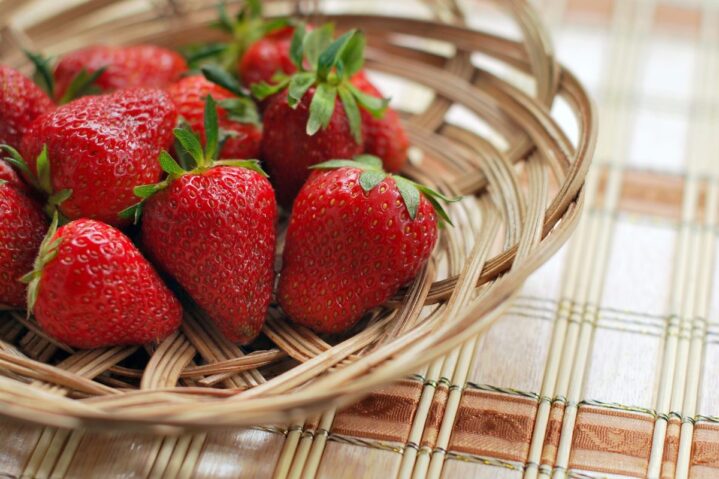
8 foods high in water content that can help prevent dehydration
by Moira Lawler Medically Reviewed by Kelly Kennedy, RD
You have no doubt heard the advice to drink eight 8 glasses of water each day. But do you know where that advice for avoiding dehydration comes from, and if it is still relevant? Sean Hashmi, MD, the regional physician director of weight management and clinical nutrition for Kaiser Permanente in Southern California, says it originally came from a recommendation from the US Food and Nutrition Board in 1945. (1) “But people misread the statement,” Hashmi says. “The second part of the sentence said most of that water you get from food.”
That said, you still need to drink water during the day to avoid health risks like kidney stones. National Academies of Science, Engineering, and Medicine (formerly the Institute of Medicine, or IOM) generally recommends ½ ounce (oz) to 1 oz of fluid, including water, daily for each pound of body weight. That means if you weigh 150 pounds, you’d need between about 9½ and 18¾ cups of fluid per day. Women who are pregnant or breastfeeding need more. (2)
The exact amount you need also depends on factors including age, gender, and activity level, says Rachel Lustgarten, RD, a registered dietitian nutritionist with Weill Cornell Medicine in New York.
The good news for those who have a hard time sipping H2O all day: The foods you eat play a big role in keeping you hydrated. Shreela Sharma, an associate professor and registered dietitian at UTHealth School of Public Health in Houston, estimates about 20% of the body’s hydration needs come from foods. “These foods are not just hydrating, but also nutritious and provide various nutrients, including vitamins and fibre,” she says.
Another plus: You don’t have to overthink it. “If you are eating a diet rich in fruits and vegetables, this should not be hard,” says Julie Devinsky, RD, a clinical dietitian at the Mount Sinai Hospital in New York City. To hit the mark, you can follow tried-and-true nutrition advice by aiming for two to three servings of fruit and five or more servings of veggies daily.
That said, some foods are more hydrating than others. “Foods that rehydrate are typically the ones that hold the most water,” says Garth Graham, MD, MPH, the president of the Aetna Foundation and a cardiologist based in Hartford, Connecticut. Just keep in mind that the fruit or vegetable will lose water if it is cooked. “To optimise the hydration aspect of these foods, it is best to eat them raw or minimally cooked,” Devinsky says. And for the best, most hydrating effect, enjoy these foods with a glass of water. “As much as it is important to eat your daily dose of fruits and vegetables, do not use it as an excuse to skimp on water,” Devinsky says.
Here are eight of the most hydrating foods and some ideas for how to enjoy them.
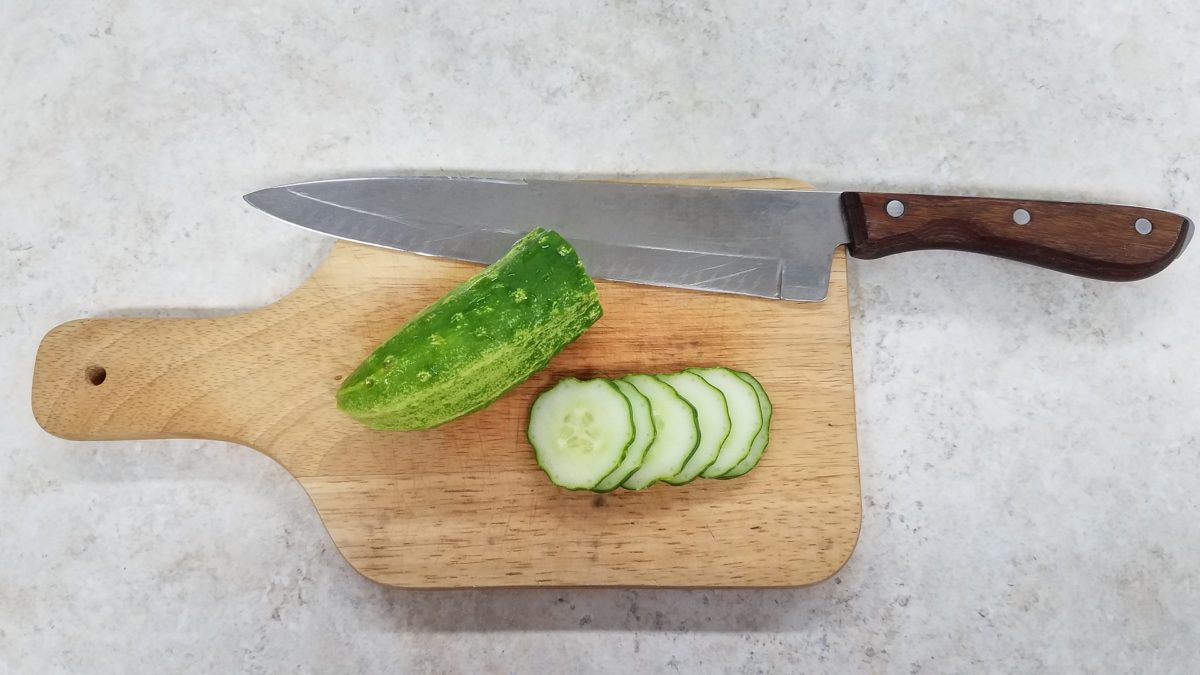
- Swap crisps for cucumbers for a hydrating snack
Devinsky says cucumbers, which are 95% water, are one of the most hydrating options available. The green vegetable is not just a salad topper. Sharma says to get creative about incorporating cucumbers into your diet. For instance, try dipping cucumber slices into dip in place of crisps or making a chilled cucumber soup for a refreshing summer appetiser. Be sure to keep the skin on to reap the most vitamins and minerals.
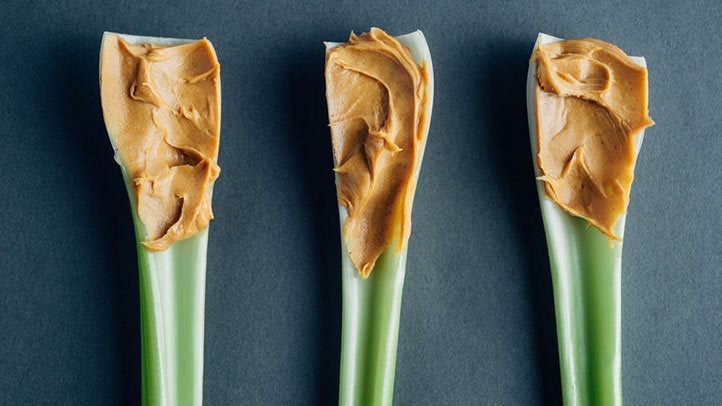
- Dip celery sticks into creamy peanut butter to up your water intake
There is not much to them. They are low in calories (only 14 per cup) and other vitamins and minerals, but they’re very hydrating and made up primarily of water. (3) Celery sticks can be boring to eat on their own, but there are ways to make them more filling. Devinsky suggests pasting them with peanut butter or tuna salad, which can help reduce your carb intake if you use celery in place of bread.
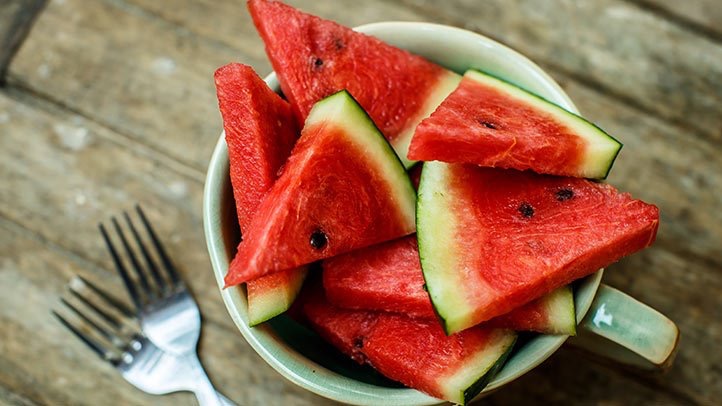
- Watermelon is the perfect addition to a summer salad
The refreshing summertime fruit has water built into its name — and that is not just a coincidence. Watermelon is high in water and low in calories (and has just 46 calories in one cup). (4) It is a welcome addition to many summer dishes and works well in gazpacho and fruit salads. Devinsky says watermelon also plays nicely in an arugula and mint salad.

- Cantaloupe offers hydrating Potassium and is good in a fruit salad
Even though watermelon is the most obvious hydrating melon, others, such as cantaloupe, should not be overlooked, Sharma says. A 1 cup serving packs 427 milligrams (mg) of potassium, which is about 9% of your daily value. (5,6) The nutrient is important for hydration — it is an electrolyte, which means it helps the body balance its water content. (7) You can eat it solo or in a fruit salad, add it to smoothies, or pair it with prosciutto for a sweet-and-savoury snack, Devinsky says.
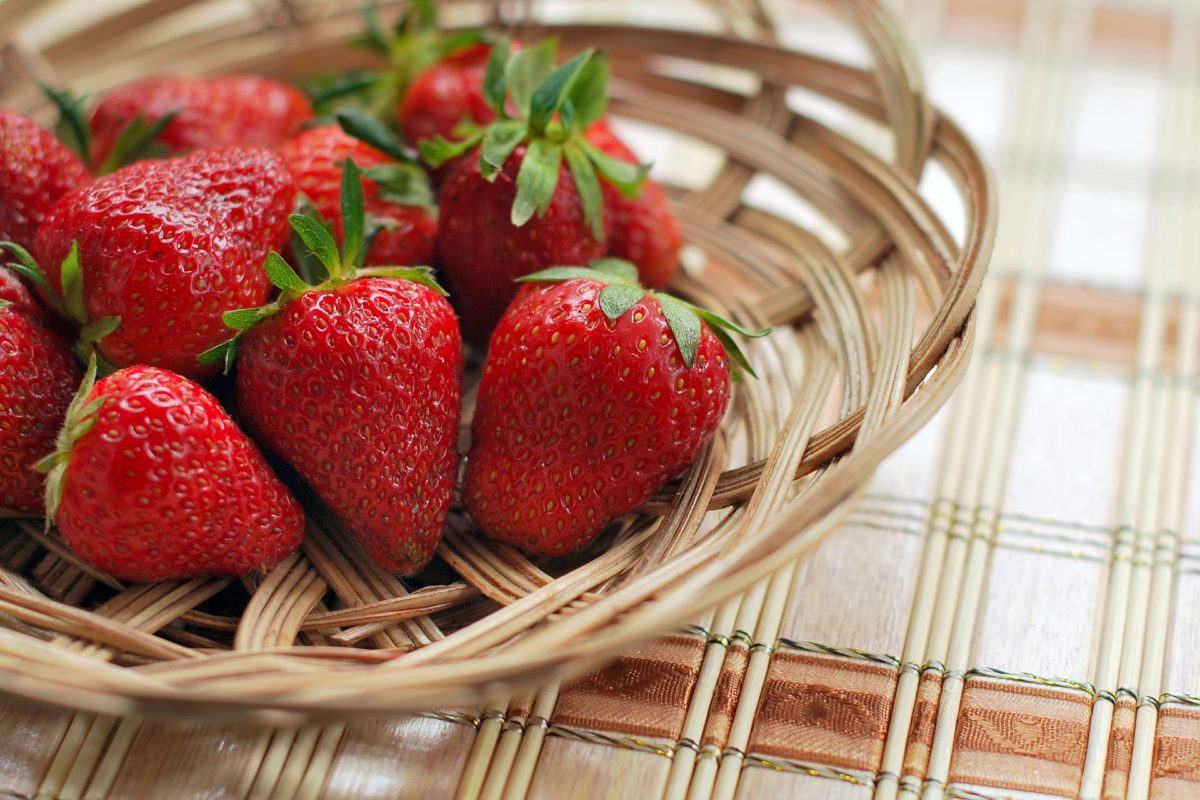
- Strawberries contain a surprising amount of water
The sweet red fruit is an excellent source of vitamin C, with a whopping 162.6% of your daily goal in just 1 cup of slices! (8) That’s not all: Strawberries are also incredibly hydrating and clock in at 91% water. (9) Devinsky suggests getting your fix by serving a strawberry-and-basil salad. Or try dipping pieces of the fruit in melted chocolate or adding to chia seed pudding for a nutrition filled dessert.
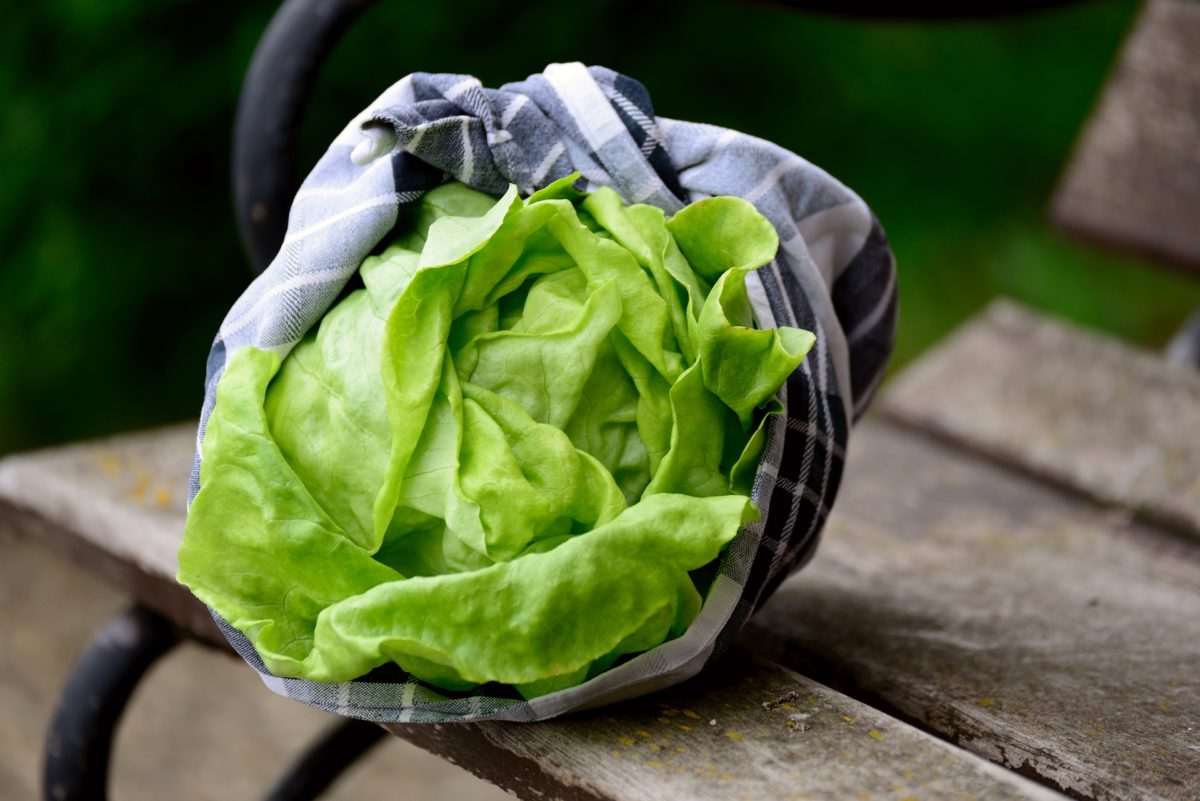
- Trade your bread bun for iceberg lettuce
All types of lettuce (and other greens like kale and spinach) have high water content, but iceberg lettuce wins as the most hydrating at 95% water by weight. (9) The most obvious way to enjoy it is chopped in a salad, but you can use it in place of a bun on your next burger, Devinsky suggests.
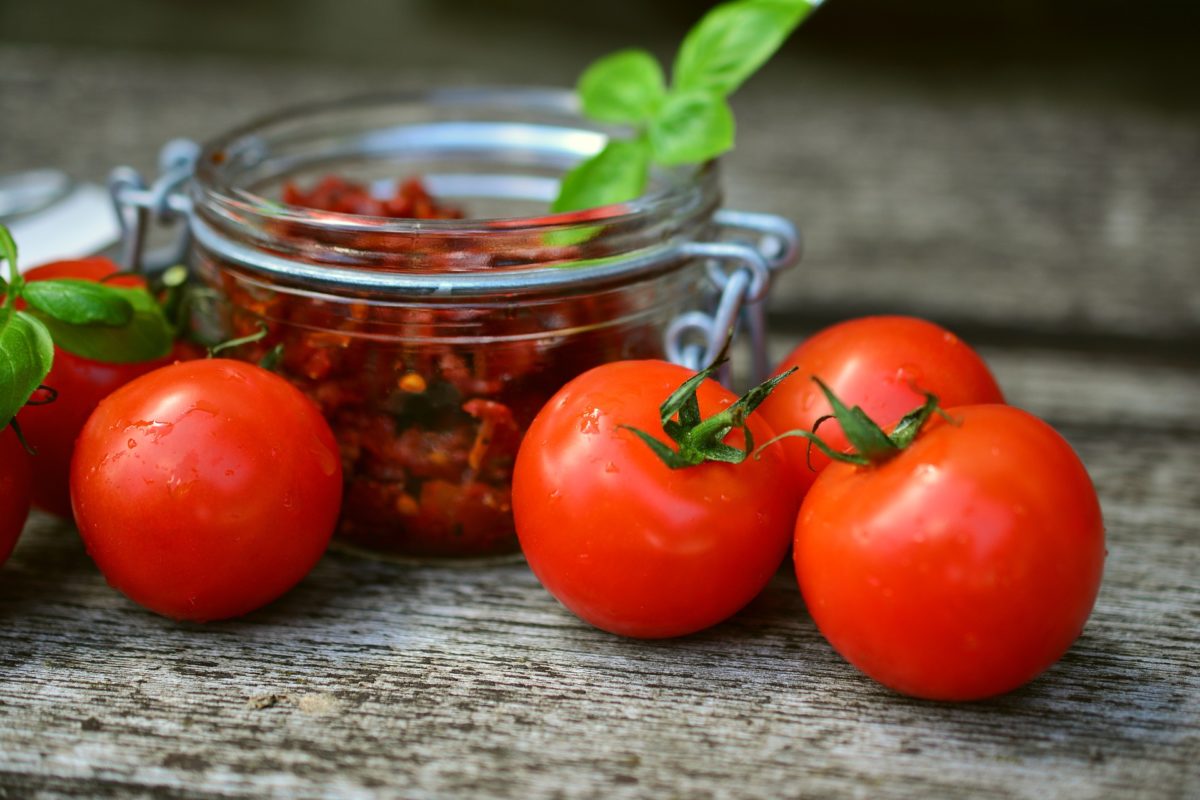
- Tomatoes, no matter how you eat them, are hydrating
Tomatoes boast about 95% water content. And, like cantaloupe, they’re also a good source of potassium, offering about 9% of your daily target in a 1 cup serving. (10) Happily, they’re as versatile as they are delicious. You can enjoy them in pasta sauce, stew, fresh salsa, gazpacho, or simply sliced and sprinkled with a touch of salt and pepper.
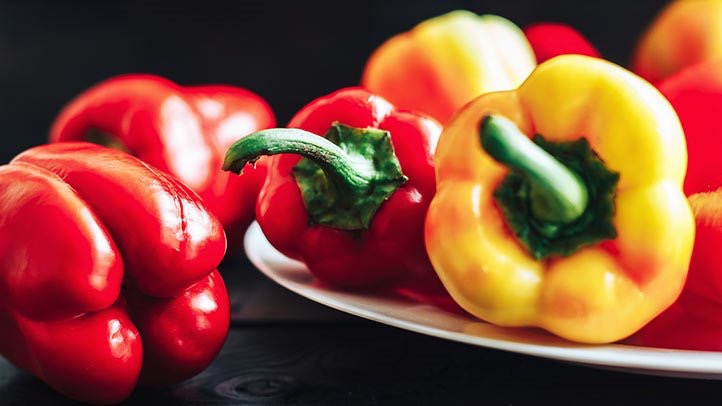
- Bell peppers are a low-carb hydrating food
Bell peppers are about 92% water and are a decent source of fibre, especially considering how low-carb and low-calorie they are. (11) Use diced bell peppers to add crunch to salads and salsas or large slices as an alternative to crisps for scooping hummus or dip, Devinsky says. Stuffed peppers are also a great entrée option, though keep in mind they will lose some of their hydrating benefits during their time in the oven



